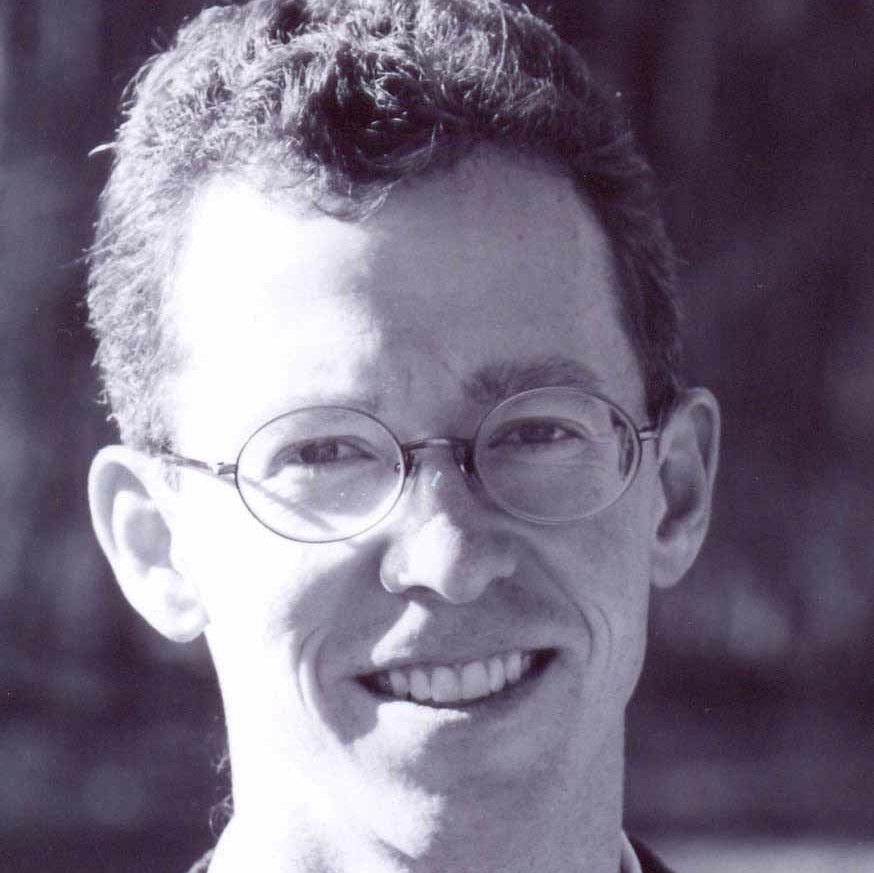ZOOM: Teaching Time, Space, and Approaches to Knowledge
Resource Format:
Profile
Resource Description:
Professor Douglas Northrop (history and near Eastern studies) won the Provost's Teaching Innovation Prize in 2011 for his project, ZOOM: Teaching Time, Space, and Approaches to Knowledge.
Original Publication Year:
2011
Resource Title:
TIP Winner: ZOOM: Teaching Time, Space, and Approaches to Knowledge
thumbnail:
Course Type:
All
Academic Area:
Arts and Humanities
Discipline:
History and Near Eastern Studies
Faculty Name:
Douglas Northrop
Related Links:
Previous Innovation
Next Innovation
 “Zoom†is a course in “Big History.†It moves through a range of disciplinary perspectives (astronomy, geology, biology, anthropology, etc.) to tell the universe’s story from the Big Bang to the end of time. This approach covers 13.7 billion years and puts human history into terrestrial and cosmic contexts.
“Zoom†is a course in “Big History.†It moves through a range of disciplinary perspectives (astronomy, geology, biology, anthropology, etc.) to tell the universe’s story from the Big Bang to the end of time. This approach covers 13.7 billion years and puts human history into terrestrial and cosmic contexts.The primary, semester-long assignment engages students in thinking directly about how materials presented by guest lecturers from different disciplines relate to one another. Students form groups centered around a particular discipline and then create a set of wiki pages profiling their discipline: what types of evidence it considers, how it goes about evaluating that evidence, and examples of content knowledge that the discipline has produced.
Students collaborate across groups in order to create linkages, both literal hyperlinks and intellectual connections, among wiki pages and disciplines. A structured peer-review process guides students as they critique other groups’ work and determine how it might connect with their own.
The pedagogical innovation is twofold: it puts wikis to use to encourage new ways of thinking and collabora-ting, and it gives students the chance to take ownership of their learning as they teach others, creating an open educational resource that reflects what they have learned and the connections they have made in Zoom.
Student Comments
“Never before was it clear to me that we can use the techniques and knowledge gained from multiple disciplines to tell the story of human history within the context of the universe.â€
“If we had moved linearly through time, starting with the Big Bang would only leave room for the entirety of human history during the last minute of our last class. He chose instead to move logarithmically, “zooming†through time and space with brief stops along the way—the formation of the Earth, the first hominids and humans, the Industrial Revolution, and even stops in the distant future.â€
“Asking us to create a knowledge base that’s not only part of our grade but potentially viewed by hundreds of people encouraged us to research both the subject we were teaching and the audience we were catering to.â€
“Zoom changed the way I think about history and education.â€
“Educators can talk at great length about complexity and making connections, but [this] class allowed me to see history at its most beautiful and complex for the first time. As I prepare to enter a new classroom of my own as a history teacher, it is my greatest hope that I might help my students see history in a similarly rich, engaging, and innovative way.â€
Above photo:
Douglas Northrop (Near Eastern Studies)

